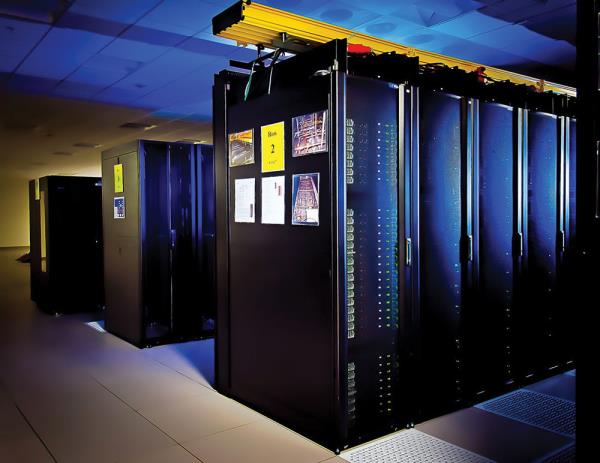16 May 2017

The Green Grid says we’re now seeing data centres equipped with 10-12kW racks to support modern-day requirements, with legacy data centres falling further behind.
Enterprise server rooms will be unable to meet the compute power and IT energy efficiencies required to meet the demands of fluctuating technology trends, warns The Green Grid. It says this will push a higher uptake in hyperscale cloud and colocation facilities.
The Green Grid is a global consortium of companies, government agencies, educational institutions and individuals dedicated to advancing resource efficiency in IT and data centres. Citing the latest IDC research, which predicts a growing fall in the number of server rooms globally, the organisation believes that legacy server rooms are failing to keep pace with new workload types and causing organisations to seek alternative solutions.
Roel Castelein, customer services director at The Green Grid, says: “It wasn’t too long ago that the main data exchanges going through a server room were email and file storing processes, where 2-5kW racks were often sufficient. But as technology has grown, so have the pressures and demands placed on the data centre. Now, we’re seeing centres equipped with 10-12kW racks to better cater for modern-day requirements, with legacy data centres falling further behind.”
According to Castelein, the IoT, social media and the number of personal devices now accessing data are just a handful of factors that are pushing the demands of compute power and energy consumption. This is causing further pressures on legacy server rooms used within the enterprise.
“As a result, more organisations are now shifting to cloud-based services, dominated by the likes of Google and Microsoft, and also colo facilities. This trend is not only reducing carbon footprints, but also guarantees that the environment which organisations are buying into are both energy efficient and equipped for higher server processing.”
In its Worldwide Datacenter Census and Construction 2014-2018 Forecast: Ageing Enterprise Datacenters and the Accelerating Service Provider Buildout report, IDC claims that while the industry is at a record high of 8.6 million data centre facilities, there will be a significant reduction in server rooms after this year. It says his is due to the growth and popularity of public cloud-based services, occupied by the large hyperscalers including AWS, Azure and Google, which is expected to grow to 400 hyperscale data centres globally by the end of 2018.
“While server rooms are declining, this won’t affect the data centre industry as a whole,” says Roel. “The research identified that data centre square footage is expected to grow to 1.94bn, up from 1.58bn in 2013.
“And with hyperscale and colo facilities offering new services in the form of high-performance compute and the Open Compute Project, more organisations will see the benefits in having more powerful, yet energy efficient IT solutions that meet modern technology requirements.”










